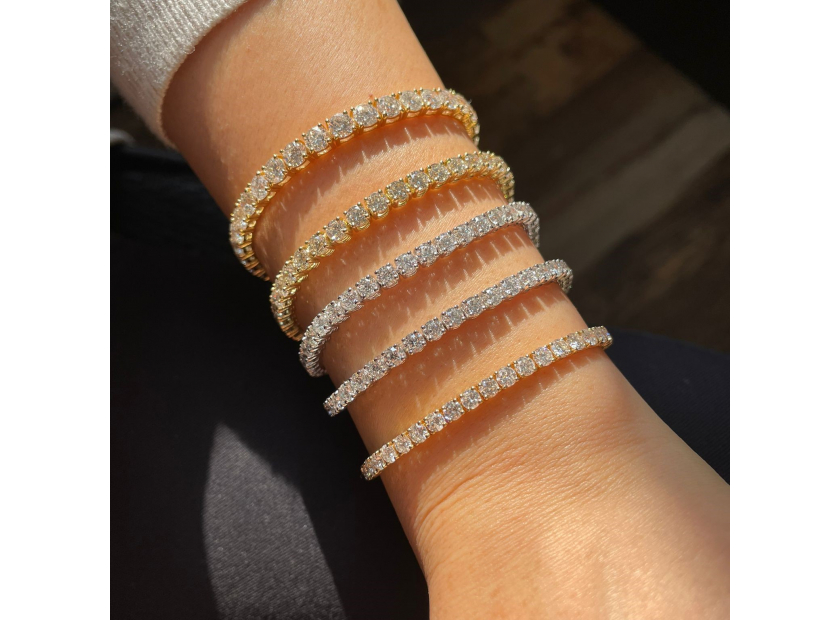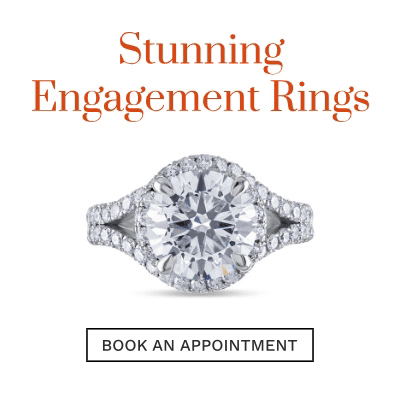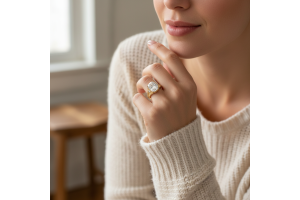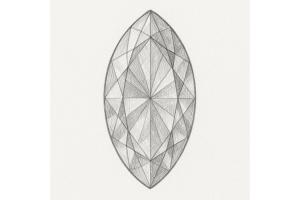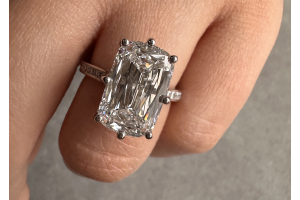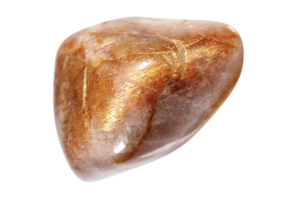GBP
/
GBP
/
Shipping to:
Currency:
A tennis bracelet is a timeless piece of jewellery that exudes elegance and sophistication. Whether you are treating yourself or searching for a meaningful gift, choosing the perfect tennis bracelet requires careful consideration. This guide will walk you through everything you need to know to ensure you make the right choice.
Virtually try on our tennis bracelets and compare sizes on your own wrist.
Understanding the Appeal of Tennis Bracelets
Tennis bracelets are renowned for their simplicity and elegance. Comprising a symmetrical line of diamonds or gemstones, they create a subtle yet stunning effect on the wrist. Originally gaining popularity when tennis star Chris Evert wore one during a match, these bracelets have since become a symbol of style and grace.
Choosing the Right Metal
The metal of your tennis bracelet is just as important as the stones. While platinum is celebrated for its durability and hypoallergenic properties, it comes at a higher price. Gold, available in white, yellow, and rose varieties, offers versatility and warmth. White gold, in particular, is a popular choice as it complements the diamonds' brilliance, making the stones appear even more radiant. When selecting the metal, consider your lifestyle and how frequently you intend to wear the bracelet, as well as your personal aesthetic preferences.
The Importance of Stone Quality
When it comes to diamonds, the Four Cs—Cut, Colour, Clarity, and Carat—are crucial. The cut of the diamonds will significantly affect how much they sparkle. A well-cut diamond will reflect light beautifully, enhancing the bracelet's overall appearance. Colour and clarity are also vital, with colourless diamonds (graded D-F) and diamonds with minimal inclusions (graded VS2 or higher) being the most sought after. While larger carat diamonds can make a statement, the overall uniformity of the stones in the bracelet is more critical to ensure a cohesive look.
Considering the Setting Style
The setting of the stones in your tennis bracelet can influence both its style and security. Prong settings are popular for their ability to showcase the diamonds, allowing more light to pass through them, which enhances their sparkle. However, they may be less secure than bezel settings, where the metal encases the stone, offering greater protection. A channel setting, where the stones are set into a groove in the metal, provides a sleek, modern look and is also quite secure. Your choice should reflect your lifestyle—if you plan to wear the bracelet daily, a more secure setting may be preferable.
Finding the Perfect Fit
A tennis bracelet should fit comfortably on your wrist, with enough slack to allow movement but not so much that it could easily slip off. A good rule of thumb is to ensure you can slide one finger between the bracelet and your wrist. Some bracelets come with adjustable clasps, providing added flexibility in sizing. If purchasing as a gift, it's advisable to know the recipient's wrist size or opt for a bracelet with adjustable features.
FAQ: Frequently Asked Questions
What is the difference between a tennis bracelet and a bangle?
A tennis bracelet is typically more flexible and features a continuous line of diamonds or gemstones, while a bangle is rigid and often features a solid design or scattered stones. The tennis bracelet's flexibility allows it to drape more naturally on the wrist, making it a popular choice for those who prefer comfort along with elegance.
Can I wear my tennis bracelet every day?
Yes, you can wear your tennis bracelet daily, but it is essential to consider the setting and metal. A secure setting like a bezel or channel setting is ideal for everyday wear, as it protects the stones from being knocked out. Regular cleaning and maintenance will help keep your bracelet looking its best.
How should I clean my tennis bracelet?
To clean your tennis bracelet at home, soak it in a solution of warm water and mild dish soap for 15-20 minutes. Gently scrub it with a soft toothbrush to remove any dirt or oils, paying particular attention to the settings. Rinse it thoroughly under warm water and dry it with a lint-free cloth. For a more thorough cleaning, professional services are recommended periodically.
What should I look for when buying a tennis bracelet as a gift?
When buying a tennis bracelet as a gift, consider the recipient's personal style. If they favour minimalistic jewellery, a classic line of diamonds in a simple setting might be ideal. If they prefer more elaborate designs, you might explore bracelets featuring alternating gemstones or intricate metalwork. Ensuring the bracelet fits well is also crucial—if in doubt, an adjustable bracelet is a safe option.
Can a tennis bracelet be resized?
Yes, most tennis bracelets can be resized, although it is a delicate process that should be performed by a professional jeweller. Resizing might involve removing or adding links, depending on whether the bracelet needs to be made smaller or larger. It is advisable to choose the correct size initially to avoid the need for resizing.
Is it possible to customise a tennis bracelet?
Many jewellers offer customisation options for tennis bracelets. You can choose the type and quality of the stones, the metal, and the setting style. Customisation allows you to create a unique piece that perfectly matches your or the recipient's preferences. However, custom pieces typically require more time and investment, so it’s wise to plan accordingly.
Are tennis bracelets a good investment?
High-quality tennis bracelets made with premium diamonds or gemstones and set in precious metals can be considered a good investment. The value of such pieces may appreciate over time, especially if they are well-maintained. However, it is essential to purchase from reputable jewellers and ensure that the bracelet comes with proper certification to verify the quality of the stones.
What occasions are tennis bracelets suitable for?
Tennis bracelets are incredibly versatile and can be worn for a variety of occasions, from casual outings to formal events. They make excellent gifts for anniversaries, birthdays, or other significant milestones. Due to their classic design, they are also a popular choice for wedding or engagement jewellery.
How do I ensure the clasp on my tennis bracelet is secure?
Most tennis bracelets come with a box clasp or a lobster clasp, both known for their reliability. To ensure the clasp is secure, check that it closes tightly and that any additional safety latches are functioning properly. Regular inspections by a jeweller can help identify any wear and tear on the clasp, ensuring it remains secure over time.
Conclusion
Choosing the perfect tennis bracelet involves more than just selecting a beautiful design. By considering the quality of the stones, the metal, the setting, and the fit, you can find a bracelet that not only complements your style but also stands the test of time. Whether you're buying for yourself or someone special, a tennis bracelet is a timeless investment in elegance.



